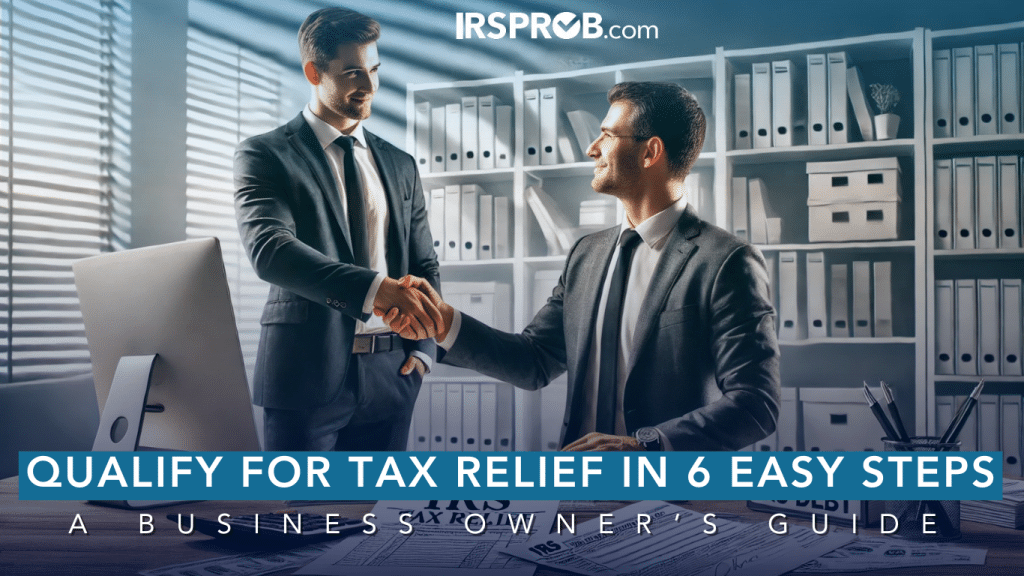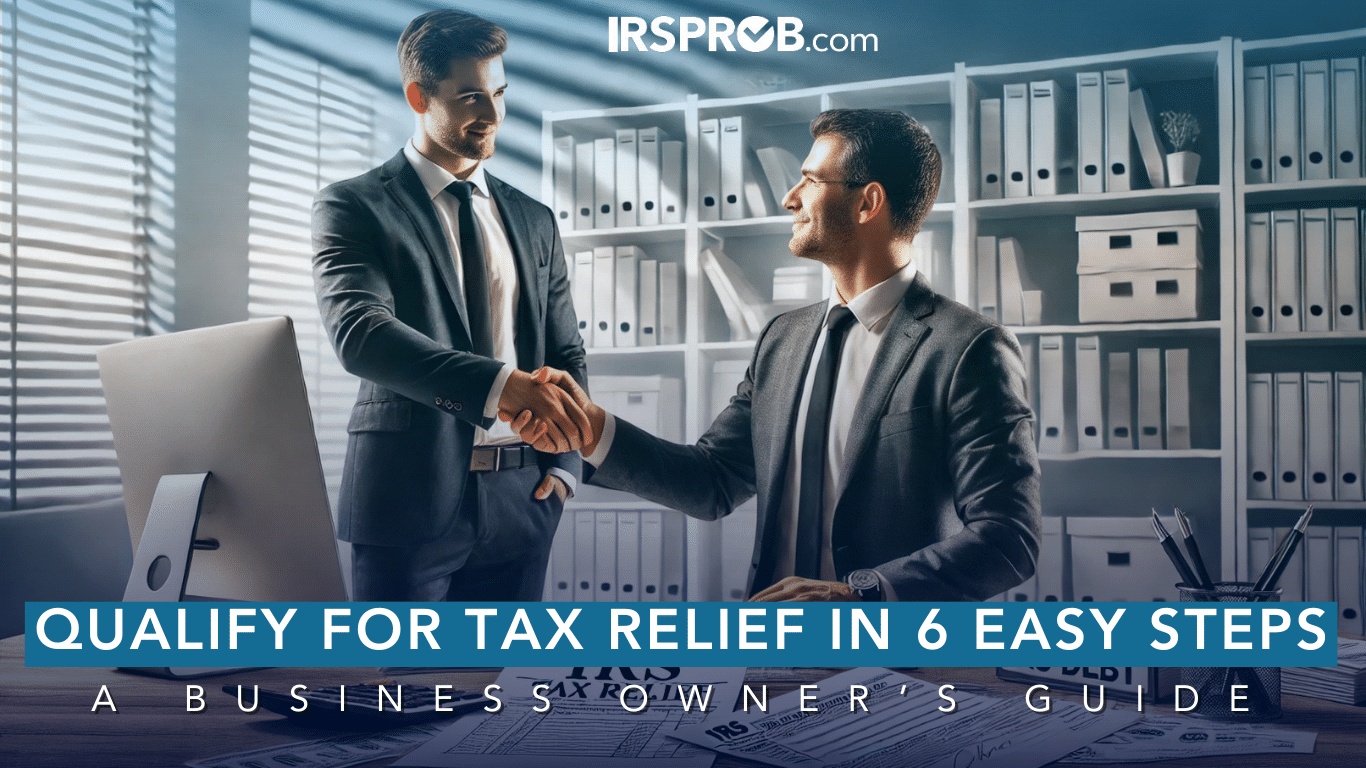
Looming tax debt is more than just a financial burden—it’s an emotional weight that can make every day feel overwhelming. The relentless notifications, penalties, and growing balances can leave you wondering if there’s a way out. But here’s the good news: tax relief exists, and it’s designed to help people like you regain control of their financial lives. The key is determining whether you qualify.
In this post, we’ll break down what you need to know about tax relief, how to assess your eligibility, and the steps to take if you’re ready to take back control of your tax situation.
What Is Tax Relief?
Tax relief, also known as tax resolution, helps individuals manage or reduce their tax obligations when financial hardship makes paying taxes impossible. This might include setting up a payment plan, reducing penalties, or settling your debt for less than the total amount owed.
The goal of tax relief is to ease the pressure, helping you address your debt in a way that works for your financial reality. But qualifying isn’t automatic; there are specific criteria and steps to follow.
Steps to Determine If You Qualify
1. Assess Your Total Tax Debt
The first step is understanding the full scope of what you owe. The amount of your debt often determines which relief options you qualify for. Here’s how it breaks down:
- Smaller Tax Debts: If your debt is under a certain threshold, you might qualify for a manageable payment plan, allowing you to pay monthly instead of all at once.
- Larger Tax Debts: For significant debts or severe financial hardships, an Offer in Compromise (OIC) might be an option. This lets you settle your tax debt for less than the total amount owed.
Knowing your debt size helps identify which solutions are realistic.
2.Examine Your Financial Situation
Tax relief programs often require proof of financial hardship. Take a close look at your income, expenses, and assets. Can you pay your monthly bills and your tax debt? If not, you might qualify.
To support your application, gather documentation such as:
- Pay stubs
- Bank statements
- Utility bills
These records paint a clear picture of your financial situation and can strengthen your case.
3. Ensure Your Tax Filings Are Current
Most tax relief options require all past and current tax returns to be filed. If you have unfiled returns, prioritize submitting them. Falling behind on current filings could worsen your situation and make you ineligible for relief programs.
4. Explain Your Reason for Penalties
If penalties are adding to your tax debt, you might qualify for penalty abatement by providing a valid reason for not paying on time. Common causes include:
- Serious illness
- Natural disasters
- Unforeseen financial crises
Be prepared to explain your situation in detail and provide supporting evidence to demonstrate reasonable cause.
5. Review Your Tax History
Your past interactions with the IRS can impact your eligibility for relief. If you have a history of noncompliance or deliberate tax avoidance, it could affect your chances. A tax relief professional can help evaluate your tax history and advise on the best way forward.
6. Understand the Available Relief Options
Once you’ve assessed your financial situation and compliance history, explore the options available:
- Payment Plans: Perfect for those who can pay over time but can’t afford a lump sum.
- Offer in Compromise (OIC): Best for individuals facing severe financial hardship, allowing them to settle for less.
- Penalty Relief: For those with reasonable cause for missed payments.
Each option has specific qualifications and guidelines, so understanding them is critical to choosing the right one for you.
Why Tax Relief Matters
Imagine this: you’ve been avoiding opening mail because every envelope seems to bring more bad news. You’re working hard to provide for your family, but the weight of tax debt makes it hard to focus on anything else. You’re not alone in feeling this way.
Tax relief offers a way to address these challenges and regain peace of mind. The path to resolving tax debt may seem daunting, but it’s far more manageable with the right guidance and support.
Get Professional Help
Navigating tax relief options can be overwhelming, especially when you’re already feeling the stress of financial hardship. That’s where the experts at IRSProb.com come in. Our team specializes in helping individuals and business owners find tailored solutions to their tax problems.
Whether it’s negotiating a payment plan, applying for penalty abatement, or submitting an Offer in Compromise, we’re here to guide you every step of the way. Don’t let tax debt control your life. Contact IRSProb.com today and take the first step toward financial relief. Call us at (833) IRS-PROB or (214) 214-3000.
You Don’t Have to Face Tax Debt Alone
If you’re struggling to make ends meet and the IRS feels like an unstoppable force, know this: you have options. Tax relief can provide the lifeline you need to regain stability and peace of mind. At IRSProb.com, we’re committed to helping you tackle your tax challenges so you can focus on what truly matters—your family, your business, and your future.








